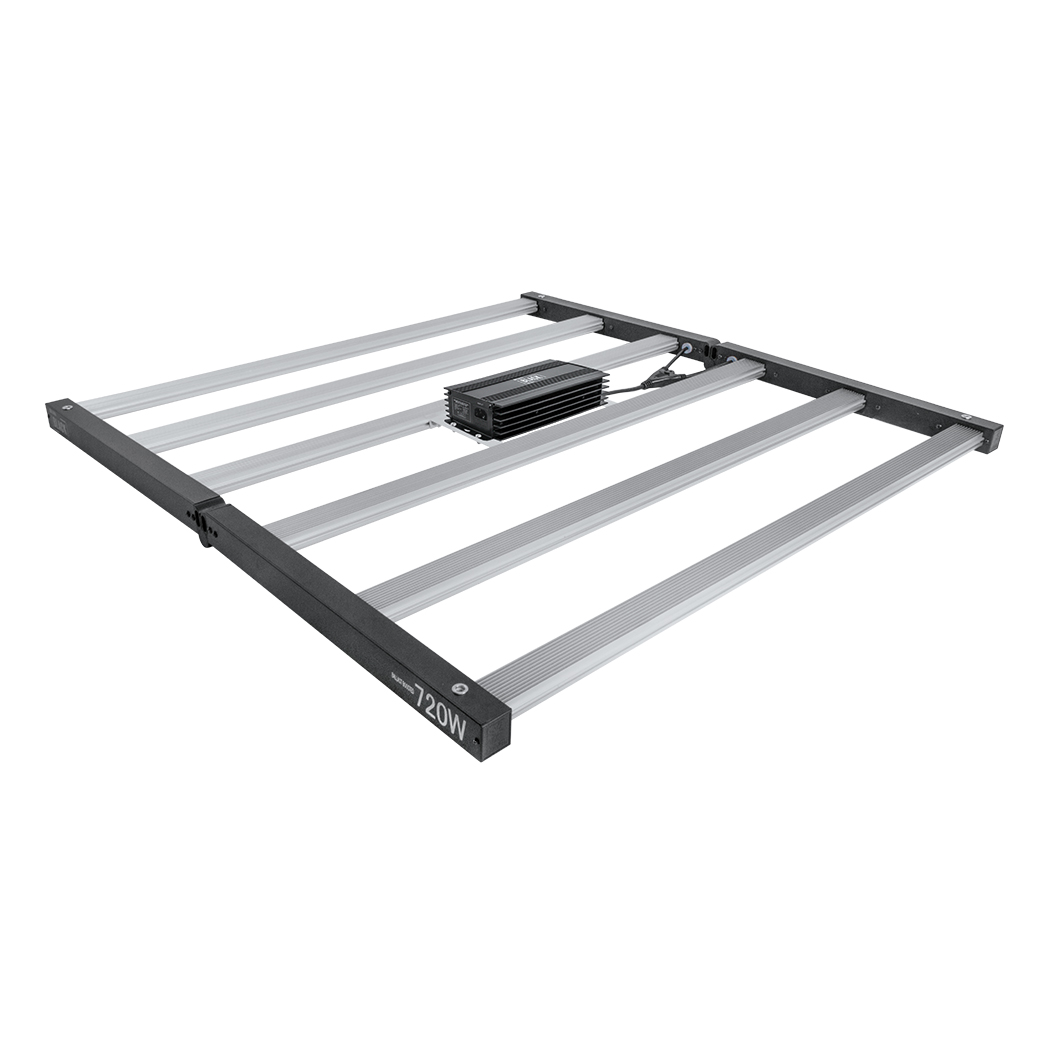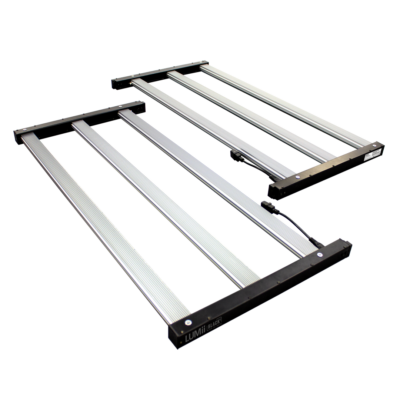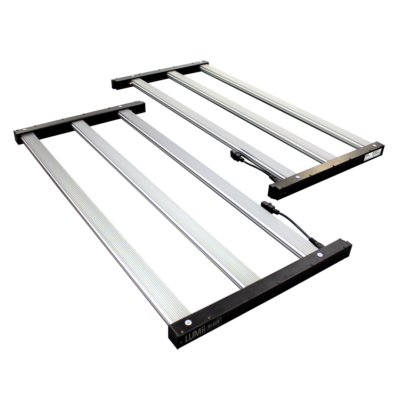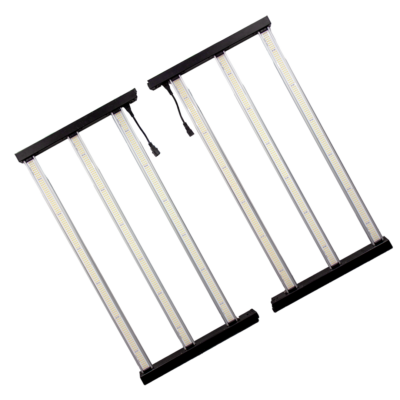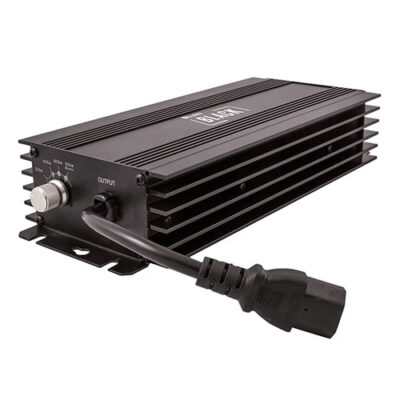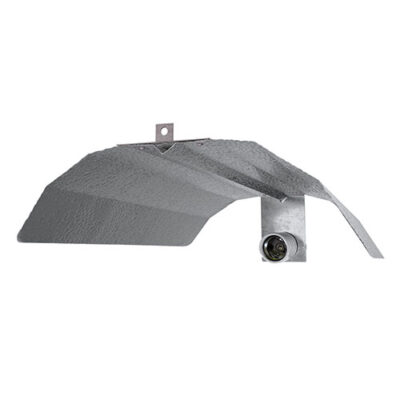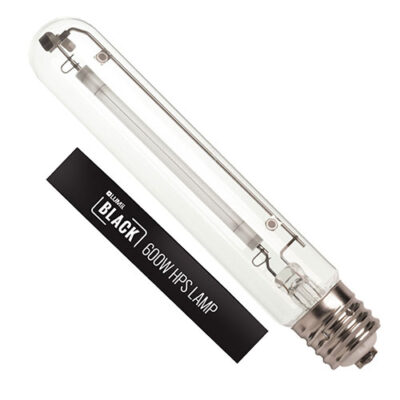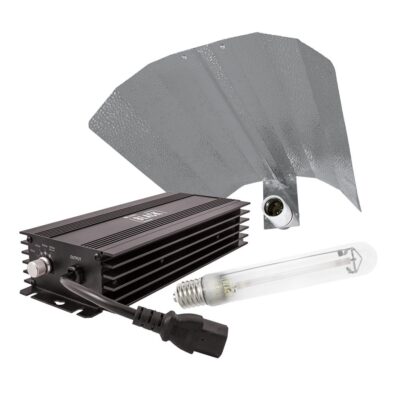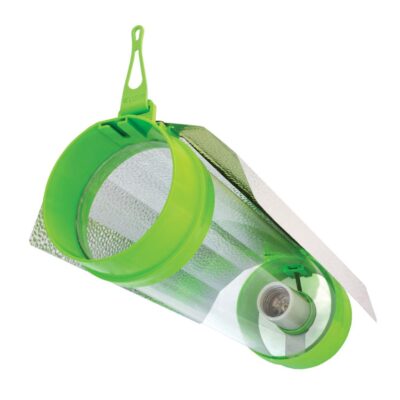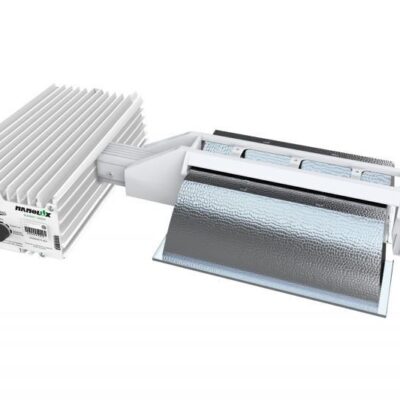Grow Lights
-
Lumii Black 720/960 Kit (2 Ballasts included)R11,475.00
-
Lumii Black 720/960 Kit (1 Ballast included)R9,950.00
-
Lumii Black 720/960 LED Fixture (No Ballast)R8,699.00
-
LUMii BLACK 600W Electronic BallastR1,299.00
-
LUMii BLACK ReflectorR400.00
-
600W LUMii BLACK HPS LampR400.00
-
Lumii Black 600w Electronic KitR1,999.00
-
Lumii Aerotube Reflector – 150mm (6″)R949.00
-
Product on saleNANOLUX 1000W DSP UNITOriginal price was: R7,499.99.R6,000.00Current price is: R6,000.00.
LED Grow Lights Collection
Are you looking for a way to give your plants the light they need to grow and thrive? Look no further than grow lights! These specialized lights provide plants with the spectrum of light they need to photosynthesize and produce energy, even when they’re kept indoors or in low-light environments.
One of the most popular types of grow lights on the market today are LED grow lights. These lights are energy-efficient, long-lasting, and offer a range of spectrum options to suit different types of plants and growth stages. Unlike traditional fluorescent or HID grow lights, LED grow lights emit very little heat, making them ideal for small spaces or for use in warm climates.
Whether you’re a seasoned gardener or just starting out with indoor plants, investing in a quality grow light can make all the difference in your plant’s health and growth. So why not consider LED grow lights? They offer a range of benefits over other types of grow lights, including:
- Energy efficiency: LED grow lights use far less electricity than traditional grow lights, which means you’ll save money on your energy bills.
- Longevity: They can last for up to 50,000 hours, which means you won’t need to replace them as often as other types of grow lights.
- Spectrum options: LED lights come in a variety of spectrum options, which means you can tailor the light to your specific plants and their growth stages.
- Low heat emission: As mentioned, they emit very little heat, which means you won’t have to worry about your plants overheating or suffering from heat stress.
If you’re interested in trying out LED grow lights for your plants, be sure to check out the Lumii 720W LED units.. With the right grow lights, you can enjoy healthier, more vibrant plants that thrive indoors year-round.
HPS Grow Lights
While LED lights have become increasingly popular in recent years, high-pressure sodium (HPS) lights are still a popular choice among many indoor gardeners. HPS emit a warm, yellow-orange light that plants love, and they’re also known for their high output and long lifespan.
One key factor in maximizing the effectiveness of HPS lights is using electronic ballasts. Unlike traditional magnetic ballasts, electronic ballasts are more efficient, produce less heat, and are quieter in operation. Electronic ballasts can also help extend the life of your HPS lights, as they reduce the stress on the bulbs and help prevent flickering or other issues.
In addition to electronic ballasts, using reflectors can also help maximize the effectiveness of your HPS lights. Reflectors help direct more of the light onto your plants, rather than allowing it to dissipate into the surrounding environment. There are a variety of reflector options available, from simple “wing” reflectors to more advanced designs that allow for even greater light distribution and coverage.
When using HPS with electronic ballasts and reflectors, it’s important to keep a few key considerations in mind. First, HPS lights emit a lot of heat, so you’ll need to make sure your setup is properly ventilated and cooled to prevent heat stress on your plants. It’s also important to monitor the temperature and humidity levels in your grow space, as HPS lights can affect these factors.
Another important consideration is the distance between your HPS lights and your plants. HPS lights are powerful, so you’ll need to ensure they’re not too close to your plants, as this can cause burning or other damage. Generally, HPS lights should be kept at least 18 inches away from your plants, though the exact distance may vary depending on the wattage of your bulbs and the size of your grow space.
Overall, HPS lights with electronic ballasts and reflectors can be a great option for indoor gardeners looking to maximize their plant growth and yields.
